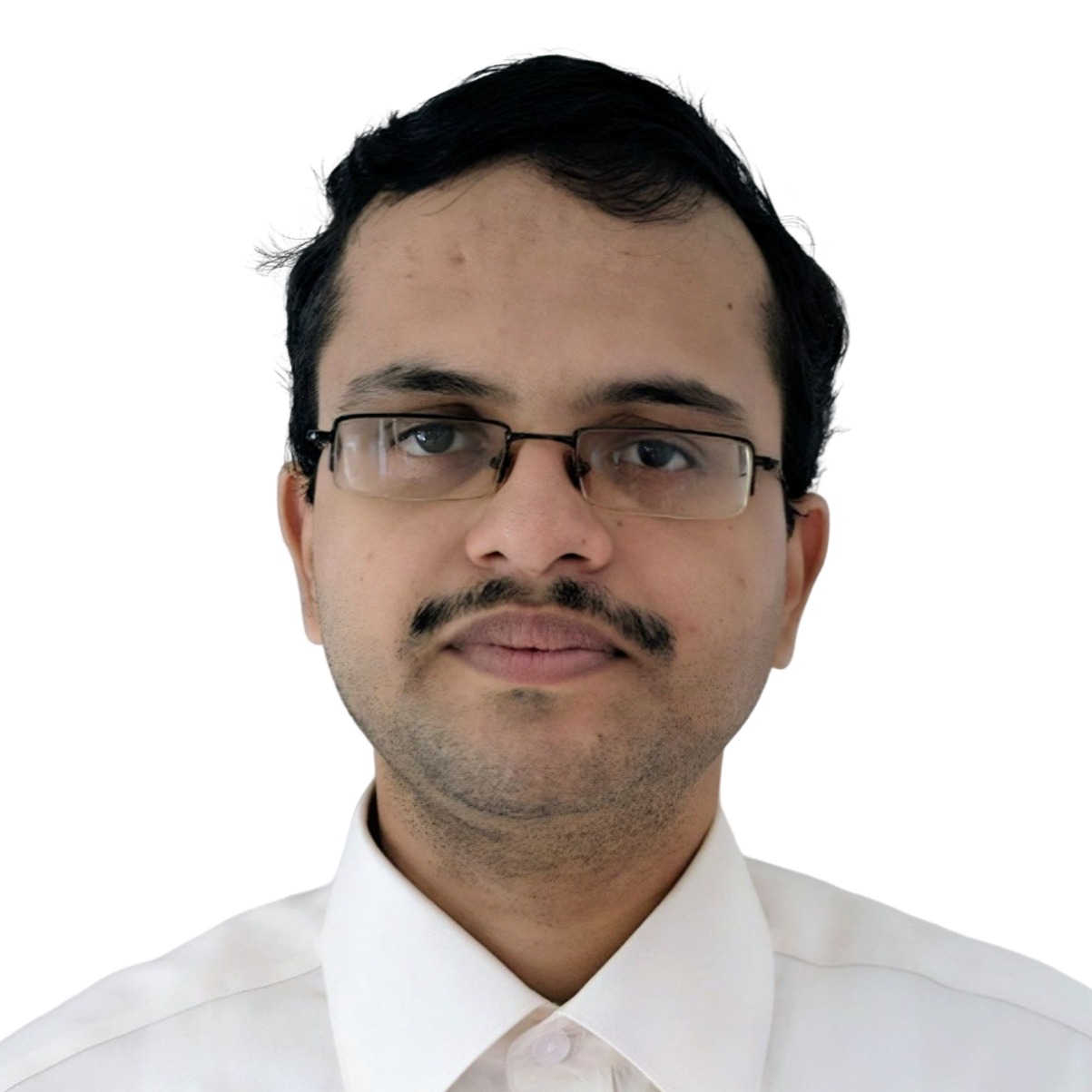I completed my Ph.D. under the supervision of Prof. K. Giridhar at IIT Madras. My final thesis defense was successfully completed in January 2024. I currently work at the Center of Excellence for Wireless Technology (CEWiT), IIT Madras, as a senior research engineer. My primary research interest is in the wireless physical layer.
Background
I completed my B.Tech (Electronics and Communication Engineering) in 2014 at Government Engineering College, Sreekrishnapuram. My undergraduate project was the design and development of an LED based Solar Simulator. This work was a group project done with three other friends and was guided by Prof. C. P. Mrinalini. It was partially funded by the IEEE Standards Education Grant. If you are interested in this, you may read more about it here. Some aspects of this work was presented in the IEEE GHTC-SAS 2014.
I completed my M.Tech (Communication Enginnering and Signal Processing) in 2017 in Government Engineering College, Thrissur. My M.Tech project was guided by Prof. Anilkumar C. D. and it focussed on an extension to the Antenna Cancellation scheme for Self Interference Cancellation in In-Band Full-Duplex wireless systems. Parts of this work was presented in two national conferences, ICIIECS-2017 and ICICICT-2017.
Research
I joined IIT Madras as a Ph.D. Scholar in July, 2017. My work focuses mainly on channel estimation and signal detection in interference-limited OFDM systems. The primary problem is that the interference has different statistics than noise. This makes both channel estimation and signal detection prone to errors. The receivers are traditionally designed to be optimal for Gaussian noise, an assumption that is invalidated in the presence of interference. Thus, research in this area typically focuses on either suppressing the interference to bring it down to the noise floor, or accounting for the interference while designing the receiver.
In 4G and 5G systems, co-channel interference (CCI) is especially problematic in sub-1 GHz bands due to frequency reuse in each cell. Variations in the local oscillators of transmitting towers create carrier frequency offsets (CFOs), affecting both desired and interfering signals. In OFDM systems, CFOs generate inter-carrier interference (ICI), disrupting the orthogonality of OFDM sub-carriers. Managing CCI and ICI is crucial for accurate signal recovery. In my work, an advanced receiver consisting of a spectrally efficient joint channel estimator, a computationally simple time-domain ICI compensation algorithm, and a CFO-corrected interference-aware detector were proposed to recover the desired information from the received signal. This work was published in IEEE Open Journal of the Communication Society.
In the second part of my research, interference management within TV broadcasting was explored, focusing on single-frequency networks (SFNs) and emerging standards like ATSC 3.0 and 5G NR that support local service areas (LSAs) for regional content. While dedicating spectrum for local broadcasts is the default approach, it's inefficient due to the need for non-overlapping spectrum to avoid interference at LSA boundaries. Reusing the same frequency in adjacent LSAs risks CCI. I proposed two approaches to manage CCI in such scenarios: scaling the power of local content near LSA boundaries and restricting the orthogonality of local content at these boundaries. Simulation results showed that both methods enhanced local content coverage without sacrificing spectral efficiency, and their trade-offs were assessed. The preprint that reports this work is titled Interference-Managed Local Service Insertion for 5G Broadcast.
Finally, different aspects of 5G channel estimation were also investigated -both in a collaborative work that exploited a property of Walsh codes to improve channel estimation and in an individual work that used the proposed joint channel estimator to increase the effective number of channel estimation ports in 5G-NR. The first work has resulted in a conference paper, a provisional patent with an industry partner and an Indian and US patent application has been filed on the same. The second work enables more users to share the same resources and is proposed to be patented for the "5G and beyond" project under MeitY. Apart from this, I have also worked on other industry projects, viz., a successor for the ATSC 3 broadcast standard and a 5G project. These projects exposed me to the practical considerations for implementing broadcasting and cellular standards.
Teaching Assistantship Experience
- Spring '18: EE3007 - RF and Optical Communication -Prof. Giridhar K.
- Fall '18: EE3005 - Communication Systems -Prof. Devendra Jallihal
- Spring '19: EE6133 - Multirate Digital Signal Processing -Prof. David Koilpillai
- Fall '19: EE5151 - Communication Techniques -Prof. Giridhar K.
- Spring '20: EE6323 - Wireless System Design -Prof. Giridhar K.
- Fall '20: EE4140 - Digital Communication Systems -Prof. Giridhar K.
- Spring '21: EE6323 - Wireless System Design -Prof. Giridhar K.
- Fall '21: EE6110 - Adaptive Signal Processing -Prof. Giridhar K.
Links
ResearchGateGoogle Scholar


